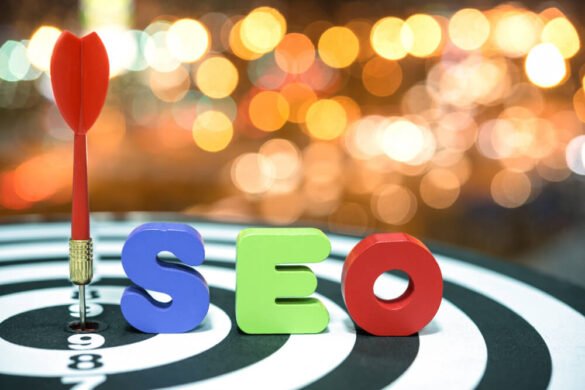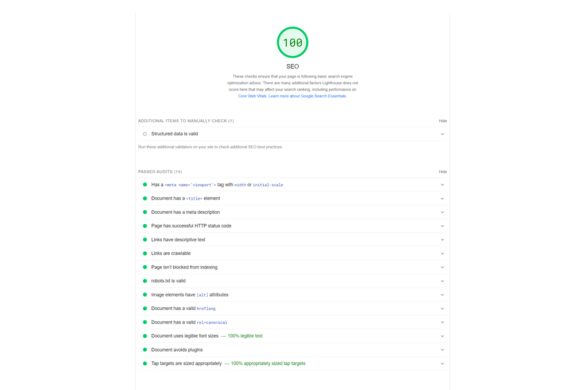Table of Contents
SEO, or search engine optimization, focuses on improving organic search rankings, while SEM, or search engine marketing, encompasses paid advertising to increase visibility on search engine results pages.
Search engine marketing (SEM) and search engine optimization (SEO) differ in the following ways: While SEM combines paid and organic search techniques to improve rankings and drive more traffic, SEO focuses on optimizing your website to appear higher in search results.
SEO vs SEM comparison
| Factor | SEM | SEO |
|---|---|---|
| Traffic Cost | Typically paid | Free |
| Marketing Type | Short and long-term | Inbound |
| Time To Results | Short and long term | Long term |
| Included Channels | PPC, SEO, Display, Local & more | SEO |
| Targeting | Yes | No |
What is the difference between SEO and SEM?
The primary difference between SEO and SEM is the focus that each strategy has: SEO focuses on optimizing your website to rank higher and drive more traffic from organic search results, while SEM includes both organic and sponsored search tactics to increase visibility and rankings.
It’s important to understand that there are two main categories of Google search results: sponsored search results and organic search results.
The goal of SEO is to get your website ranked higher in organic search results, which show up below sponsored listings. In essence, you can rank in organic results without paying for it.
SEM, on the other hand, seeks to guarantee visibility in search results for both sponsored and organic keywords. The first three listings that appear after a search query are paid search results, which are identified by the “sponsored” label above the page title.
Pay-per-click (PPC) advertising, also known as paid search, is included in SEM. As such, SEM functions as a catch-all word for both SEO and PPC, suggesting that SEO functions inside the larger context of SEM.
SEO vs SEM: Overview and main features
SEO
SEO is a digital marketing strategy that centers on consistently enhancing your website to attain higher rankings in organic search results, thereby increasing organic traffic, without the necessity for sponsored placements.
It includes a wide range of actions meant to improve your website’s and the internet’s search engine visibility. Usually, these endeavors can be divided into two primary groups:
- On-page SEO refers to optimization activities that are carried out directly on your website, like changing title tags, adding fresh blog posts, or improving page loading times. You are in complete control of your on-page SEO efforts.
- Off-page SEO refers to optimization activities carried out away from your website, like content sharing, outreach campaigns, and social media profile optimization. Off-page SEO is more difficult to manage than on-page SEO, even though you still have some control over it.
- Technical SEO: This includes any optimizations made to help search engines, such as Google, efficiently crawl and index your website. It might entail upgrades like faster page loads and better internal linking schemes.
Key SEO tasks typically include:
- Optimizing page titles and meta descriptions
- Conducting keyword research and analysis
- Optimizing site architecture and server configurations
- Creating and optimizing content
You can convey to search engine users what to expect from your webpage by putting these strategies into practice, along with others that aren’t specifically listed, and then use text, multimedia, and other site components to deliver relevant content. This proves that your company is capable and sensitive to the demands of your intended market.
SEM
SEM is an umbrella term for search engine marketing, which includes paid search engine advertising campaigns as well as SEO. It encompasses a variety of tactics aimed at increasing online presence and traffic.
5 common SEM strategies are as follows:
- PPC (Pay-Per-Click)
- Local SEO
- Display advertising
- Shopping or product advertising
- Remarketing
Like SEO, SEM uses a variety of strategies, including:
- Account structure: Organizing ad strategies is made easier by the hierarchical structure that goes from account to campaign to ad group to ad. For example, all advertisements for women’s sneakers could be included in a single campaign.
- Bids: The highest payment for an ad click is determined by the bid amount. Websites such as Google AdWords provide automated bidding choices that respect financial limitations and are adapted to particular business goals.
- Quality Score: Exclusive to Google AdWords, the Quality Score evaluates the relevancy and quality of ads. A high score affects the overall effectiveness of the campaign by resulting in a lower CPC and better ad placement.
- Ad assets: Optimizing ad assets, which can include copy, photos, and videos, raises the possibility of displaying relevant ads and raises CTR.
Researching different ad platforms like Google Ads, Microsoft Advertising, and Facebook Advertising is important when deciding between SEM and SEO. Ad performance can be optimized by having a thorough understanding of their grading and delivery systems.
SEO vs SEM: How long does it take to see results?
When it comes to the amount of time needed to see results, SEO and SEM differ greatly:
- SEO: Usually requires between three and six months.
- SEM: Delivers results right away, frequently when your ads are launched.
Several factors impact how long it takes to see results.
For instance, an SEM campaign may not always yield results right away. To improve targeting and increase conversion rates, collecting advertising data may take several weeks. On the other hand, an SEO campaign could require even more time, especially for activities like creating backlinks or fixing problems found in an SEO audit.
SEO vs SEM: How much do they cost?
The costs involved in SEM and SEO can also vary, but generally speaking, a mid-sized business will invest the following in SEM and SEO:
- $350–$1500 per month for SEO
- Monthly SEM: $5,000– $10,000
You don’t have to pay for SEO to appear in the natural search results or receive website clicks. Therefore, even though you won’t have to pay Google or another search engine anything to get those high rankings, you might incur some expenses.
For instance, there might be a subscription cost if you want to use an SEO tool to track the performance of your website. Furthermore, obtaining organic rankings via SEO requires a significant amount of work, from an internal team or a seasoned SEO agency such as SteveAyo.
SEM, on the other hand, requires upfront payment for PPC or sponsored search advertisements. Even though PPC campaigns frequently produce rapid results, it’s crucial to realize that stopping PPC advertisements will cause them to vanish and consequently cause a decline in traffic.
On the other hand, SEO typically requires very little constant work or investment to maintain rankings once they are established.
SEO vs SEM: Which should you use?

While SEM is often a better option than SEO, there are some situations where SEO is better. For example, SEO is best when:
- You’re ready to give it three or six months before tracking leads, traffic, and online sales.
- You would rather use a digital marketing plan that doesn’t require a monthly advertising budget.
- Either you or your SEO agency have the time and resources needed to actively manage SEO efforts.
On the other hand, SEM works better in situations where:
- It is crucial to generate traffic, leads, or sales right away.
- Your goal is to quickly become visible in competitive search results, avoiding the waiting period associated with SEO.
- You have all you need—time, money, and resources—to handle your ads every week.
The choice between SEO and SEM ultimately comes down to your goals and how quickly you need results.
Get started!
Confused about how to start using SEO and SEM strategies? At SteveAyo, we’ve spent years perfecting SEO and SEM, and our search engine marketing company is ready to learn more about your company. To plan your SEO or SEM campaign, send us a WhatsApp message right now at 255 783 957 836 or by our website form!







Add your first comment to this post